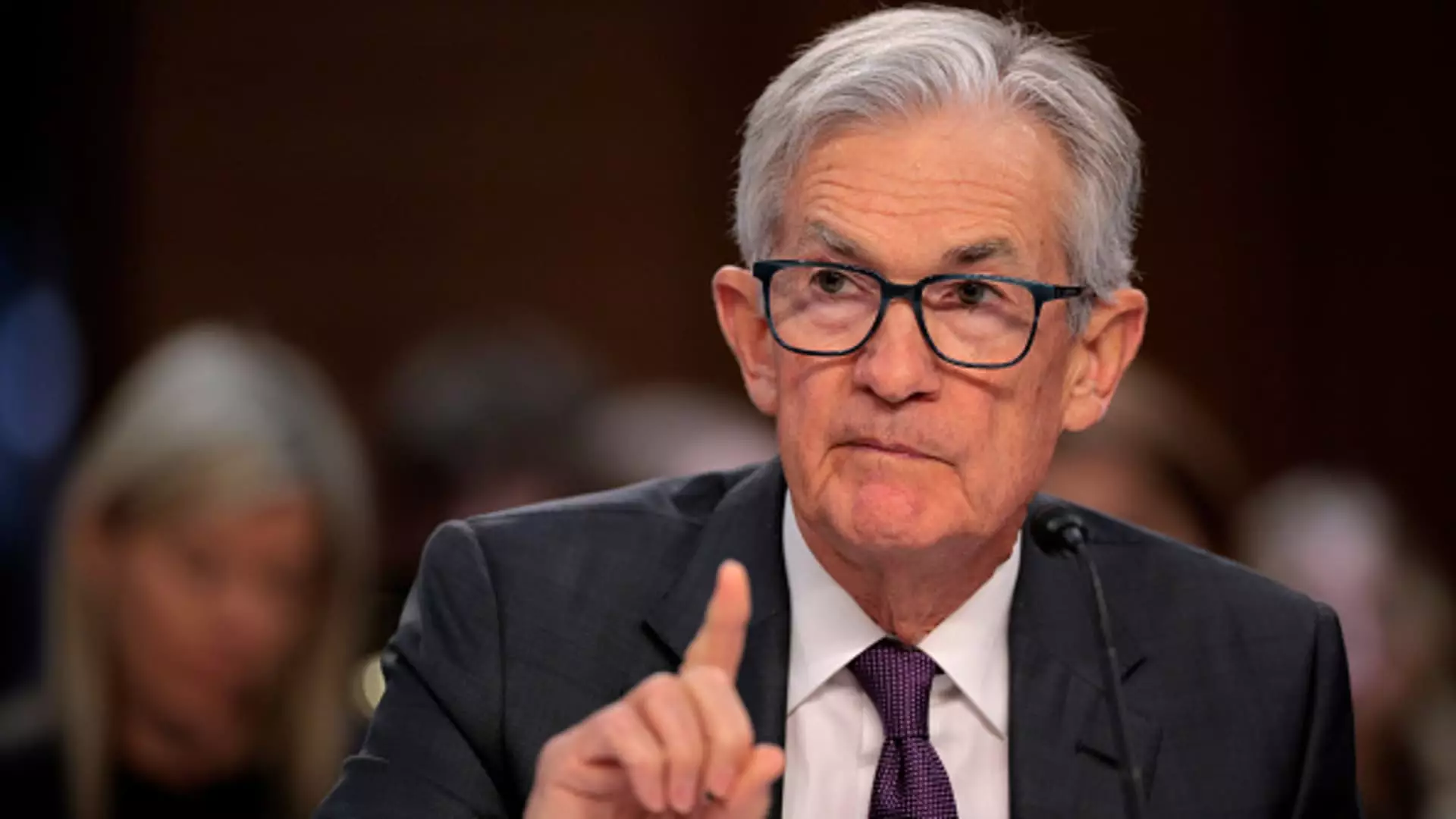In January, the Federal Reserve’s decision-making body, the Federal Open Market Committee (FOMC), made it clear that it will hold off on further decreases in interest rates until there is more substantial evidence that inflation is declining. This cautious stance comes on the heels of three consecutive rate cuts that saw a reduction of a full percentage point by the start of the year, a move designed to bolster an economy that continues to face inflation challenges. Policymakers expressed unanimous agreement on the necessity to monitor inflation rates closely, particularly within the context of President Donald Trump’s tariff policies, which may complicate economic stability.
The Fed’s current interest rate position reflects a shift to a “less restrictive” monetary policy compared to previous years, providing an opportunity for officials to weigh economic conditions more leisurely. The meeting’s minutes indicate that committee members find themselves in a relatively favorable position, allowing for patient reassessments as the labor market and inflation data evolve. This perspective is crucial as it represents an acknowledgment of potential volatility arising from external policy changes such as tariffs and changes in trade regulations.
Trump’s intention to impose tariffs on a range of goods, including automobiles, pharmaceuticals, and semiconductors, adds weight to the Fed’s concerns. His comments about possibly escalating these tariffs to as high as 25% this year suggest a willingness to enter a more aggressive trade stance. Such actions raise fears regarding their potential impacts on inflation, which, although having shown some signs of easing, remains above the Fed’s target level of 2%.
FOMC members articulated growth concerns that tariffs may impose, specifically on consumer prices, given that businesses may seek to pass increased costs onto consumers. Previous statements have alluded to the possibility of “upside risks” to inflation stemming from these disruptive trade policies. Thus, these tariffs could create a dual-edged sword scenario; on one side, opening new dimensions of cost and on the other, risking the fragile economic momentum that policymakers aim to sustain.
Despite the uncertainties created by trade policies, there remains a general sense of optimism regarding the economic outlook. This positive sentiment is often couched in the expectation of potential deregulation and tax policy changes anticipated under the Trump administration, which many economists believe could foster a more conducive environment for investment and growth. The juxtaposition of optimism against the backdrop of tariff-induced inflationary pressures complicates the Fed’s policy considerations.
FOMC participants have hinted at the necessity of not only tracking inflationary trends but also understanding their origins—whether they reflect temporary spikes due to external pressures or suggest more systemic shifts necessitating a robust policy response. This consideration reflects a broader trend in economic forecasting that the Fed has adopted, emphasizing the need to interpret macroeconomic signals in light of potential regulatory and market shifts.
Furthermore, market reactions to the Fed’s discussions indicate that participants are currently pricing in the possibility of a rate cut as early as mid-2024, given the ongoing evaluation period suggested by officials. With the central bank’s benchmark rate hovering between 4.25% and 4.5%, the landscape calls for a balanced approach toward future monetary policy changes.
In summation, the Federal Reserve’s recent meeting underscored a vigilant monitoring of inflation and economic conditions amidst the unfolding narrative of tariffs and fiscal policy. As officials navigate the complexities of trade-related challenges, they remain committed to their inflation targets while fostering a stable economic environment. The coming months are crucial, as external economic factors continue to evolve, shaping the trajectory of both monetary policy and overall economic health in the United States. The approach they adopt will play an instrumental role in balancing growth and inflation in an increasingly intricate economic landscape.


Leave a Reply